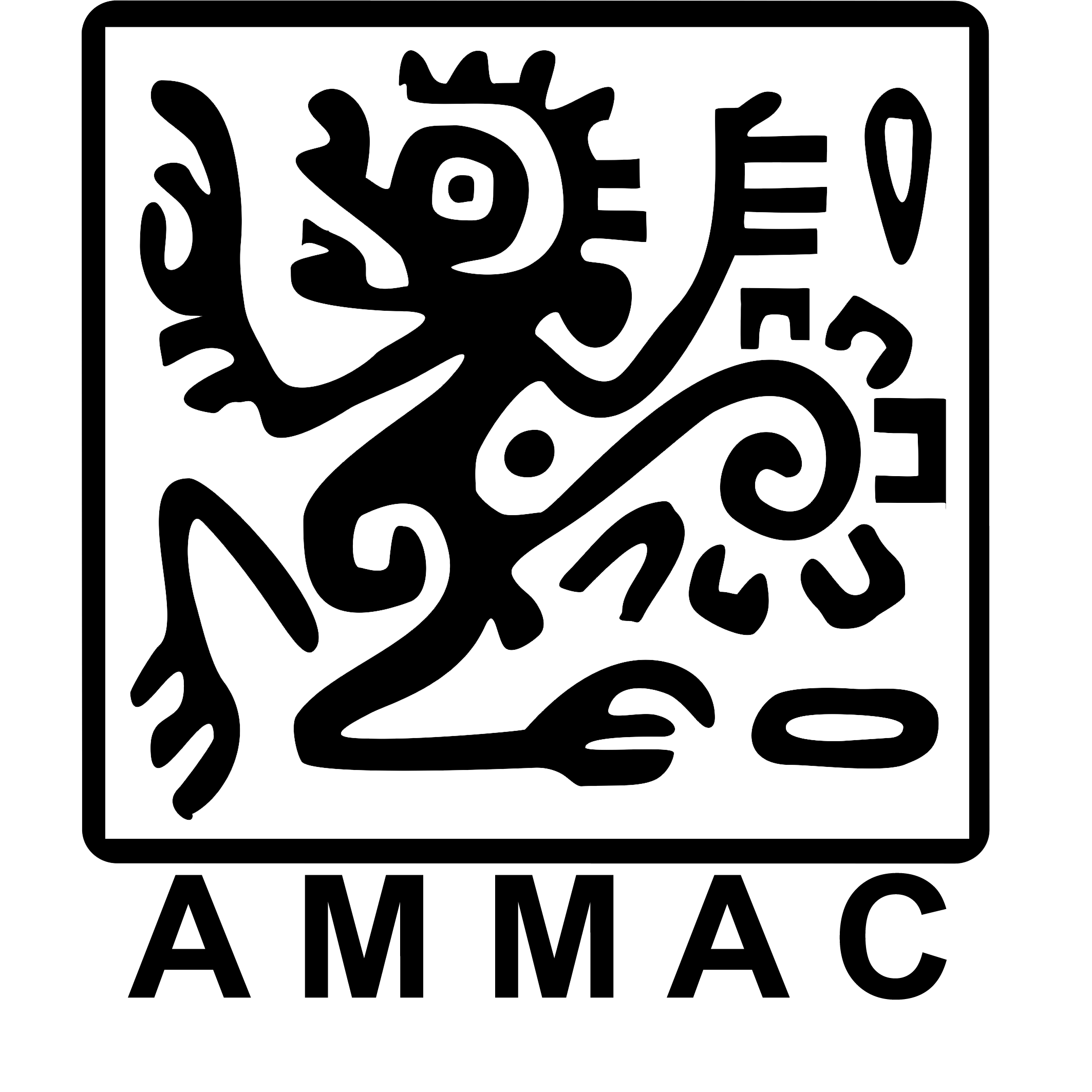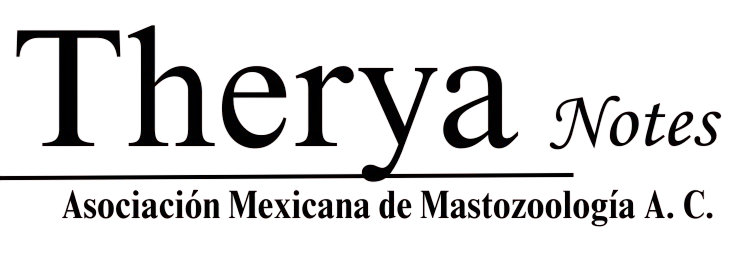Domestic dog (Canis lupus familiaris) conflicts with sheep (Ovis orientalis aries) production: use of camera traps to inform mitigation actions
DOI:
https://doi.org/10.12933/therya_notes-24-180Keywords:
Attack by dog, camera traps, human-wildlife conflict, sheep productionAbstract
The issue of damage caused by dogs (Canis lupus familiaris Linnaeus, 1758) to other animals is becoming increasingly alarming. This study aims to demonstrate the attack by domestic canids on a flock of sheep belonging to a farmer in the north-central region of Argentina, using non-invasive technologies. Two field visits were made, one on October 23, 2023, and another on November 10, 2023, to photograph the damaged sheep. Then, 2 generic trail cameras were installed on the fence posts. The flock of sheep was attacked on November 18, 2023, so we immediately traveled to the ranch and examined footprints and/or signs in the vicinity and inside the sheep pen. After installing the trap cameras, during the early hours of November 29, 2023, a new attack on 2 sheep from the same ranch was recorded. The recorded images confirmed that the attacks were not from native animals but from 2 of the farmer's domestic dogs: a Doberman, assisted by a Border Collie. Initially, the blame for the damage to the flock was attributed to native wildlife, particularly the puma, and a plan for its hunting and death was being set up. This case study reinforces the conclusion that the first fundamental step in mitigating fauna-human conflicts is to listen to those affected and seek solutions together with them that do not involve the use of lethal tools against wild carnivores.
Downloads
Published
How to Cite
Issue
Section
License
THERYA NOTES is based on its open access policy allowing free download of the complete contents of the magazine in digital format. It also authorizes the author to place the article in the format published by the magazine on your personal website, or in an open access repository, distribute copies of the article published in electronic or printed format that the author deems appropriate, and reuse part or whole article in own articles or future books, giving the corresponding credits. The Creative Commons CC BY-NC-SD license is used.![]()















